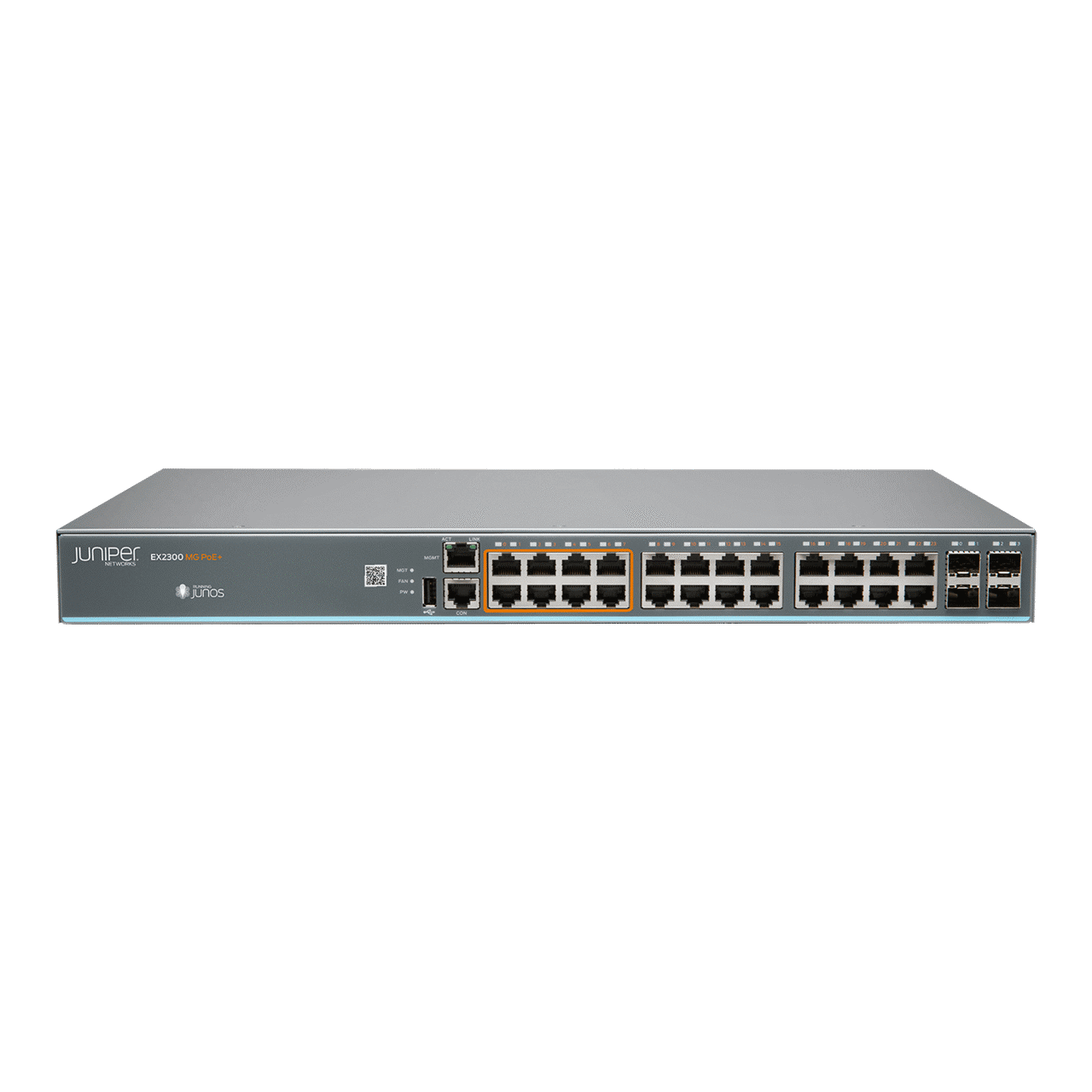Customer Success Story

South Central Connect Brings Wi-Fi to the Largest Covered Marina in Arkansas
Whether it’s a thrilling day waterskiing or a relaxing day on a houseboat, with South Central Connect's new Wi‑Fi service, no one has to give up modern amenities to enjoy life on the lake. South Central Connect, a regional service provider, now offers Wi‑Fi to boat owners and visitors at the largest covered marina in Arkansas.
Overview
| Company | South Central Connect |
| Industry | Energy and Utilities |
| Products used | EX2300 |
| Region | Americas |
| Organization size | 1000 |

Delivered
An exceptional network experience to boat owners and guests at one of the largest marinas in South Central Arkansas
Simplified
Deployment and troubleshooting with AI-powered networking
South Central Connect, the for-profit arm of South Central Arkansas Electric Cooperative, is in the midst of a multi-year effort to bring blazing-fast fiber to the homes and businesses of rural Arkansas. Along the way, it launched an innovative public Wi-Fi service for areas where it is difficult to get Internet connectivity, including marinas, RV parks, and other seasonal areas. Lighting up marinas with Wi-Fi was an “aha” moment.
“We were deploying fiber to cabins around DeGray Lake (when) some boat owners approached us about connecting the Iron Mountain Lodge and Marina on DeGray Lake,” says Marty Allen, broadband manager at South Central Connect.
While weekends and summers are the busy times at the lake, some people live on their houseboats year-round or prefer the convenience of working from their boats. These boat owners had limited connectivity options, and typically used mobile hotspots or satellite phones. “We toyed with the idea of wiring up boats like houses,” says Robert Green, network supervisor at South Central Connect. “But then we got creative.” Taking inspiration from guest Wi-Fi at hotels and airports, South Central launched its first self-service Wi-Fi at Iron Mountain Marina on DeGray Lake.

“We looked at different wireless LAN vendors, but we couldn’t find anyone doing what we wanted to do,” Green says. South Central Connect uses Juniper routing for its regional fiber network, so the team discussed their plans with the Juniper account team. “The timing was phenomenal,” Green says. “Juniper had just purchased Mist.”
The Mist demo was up and running in South Central Connect’s offices in no time. “I set up a branded captive portal and the network was accepting traffic and collecting analytics in less than 15 minutes,” Green says. “It w as unbelievable how quick and easy it was to set up Mist”.
The wireless network connects to a Juniper EX2300 Ethernet Switch, and then onto South Central Connect’s fiber network. Ongoing operations have been simple. With a Mist wireless and Juniper wired network, South Central Connect ensures a complete network experience by setting service-level expectations for key wired and wireless performance metrics.
South Central Connect also uses Juniper Networks MX480 Universal Routing Platform for its core network and MX204 to provide Layer 3 services at fiber huts in its electric substations. Juniper’s MX Series deliver high performance, reliability, and scalability, enabling the delivery of advanced business and residential services. Running Junos operating system, which powers Juniper routing, switching, and security platforms, automates network operations, increases operational efficiency, and frees up resources for growth opportunities.

As South Central Connect lights up rural areas with fast, affordable Internet, it sees many other opportunities to deliver Wi-Fi where fiber isn’t practical.
“We have three other marinas in the area that want this solution,” Allen says. “We see a big opportunity to bring the Mist Wi-Fi solution to RV parks, special events, and apartment complexes where university students live.”
Whatever the future holds, South Central Connect can count on a network that’s designed to deliver an exceptional user experience and the highest levels of performance, scalability, and security.
“Mist gives us the flexibility to meet many different use cases for Wi-Fi,” says Allen.

Published March 2020














